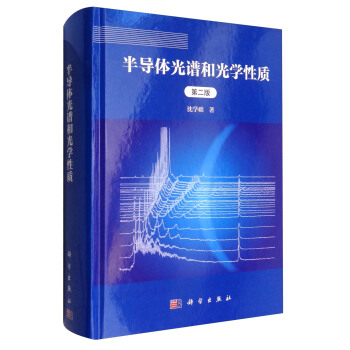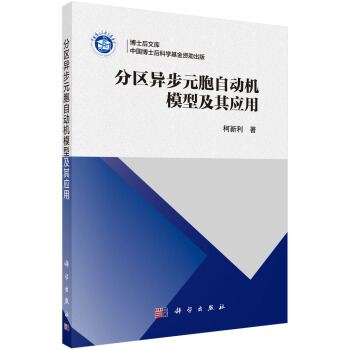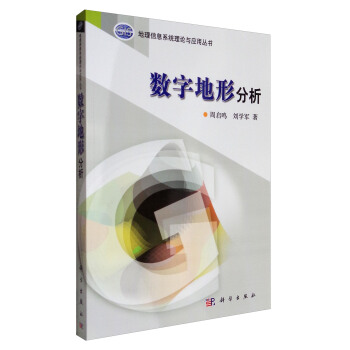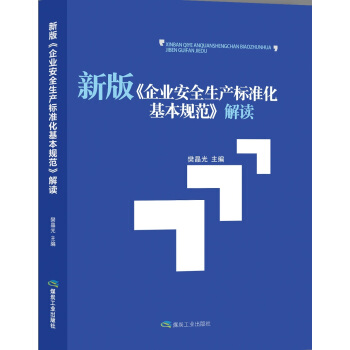![电磁复合材料手册(影印版) [Electromagnetic Composites Handbook:Models, Meassurement, and Characterization(Second Edition)]](https://pic.windowsfront.com/12067957/59197b1dNb7ac327f.jpg)

具体描述
内容简介
《电磁复合材料手册(影印版)》是美国McGraw-Hill Education公司2016年出版的Electromagnetic Composites Handbook Second Edition的影印版。《电磁复合材料手册(影印版)》从理论、计算和实验的角度进行材料的表征,涉及非导电介质、半导体材料、导电材料、磁性材料和复合材料等,共提供了300多种材料的相关数据。
《电磁复合材料手册(影印版)》作者里克·摩尔于1978年获得佐治亚理工学院物理学博士学位。多年来专注于电磁测量和光子结构、纤维材料、复合材料的研究,发表相关科技论文150余篇。
内页插图
目录
PrefaceAcknowledgments
Introduction
Outline
References
Chapter 1. Introduction to Wave Equations and Electromagnetic Constitutive Parameters
1.1 Maxwell's Equations and Field Sources
1.2 PermittivityandCharge
1.3 PermeabilityandCurrent
1.4 Wave Equations for Homogeneous and Inhomogeneous Materials
1.5 HomogeneousPropagationinLinearMedia
1.6 Conclusion
References
Chapter 2. Sources and Dispersion for Polarization and PermittMty e(f)
2.1 Sources ofPermittivity, Resistivity, and Conductivityin Materials
2.2 Modeling Material Complex Permittivity and Its Frequency Dependence
2.3 Small Damping
2.4 DC, Zero Frequency, and DC Scaled Permittivity
2.5 Combined Models for Permittivity
2.6 CouplingPermittivityandPermeability
2.7 Additional Bound Charge Contributions to Permittivity and Frequency Dispersion
2.8 PermittMtyVariationwithTemperature
References
Chapter 3. Sources and Dispersion of Magnetization and Permeability μ(f)
3.1 Sources of Permeability
3.2 Frequency Dispersion in Magnetic Materials
3.3 Susceptibility Models for Data Analysis
3.4 An Overview of Micromagnetic Models
3.5 Kramers-Kronig(KK) Relationships
3.6 Temperature-Dependent Permeability
References
Chapter 4. Fundamental Observables for Material Measurement
4.1 Introduction
4.2 Scattering of Plane Waves from Homogeneous Planar Boundaries and Material Slabs
4.3 Single Planar Slab of Material
4.4 Scattering: Cascade Matrix Method for Multi-Boundary MaterialAnalysis
4.5 Scattering from a Shunt Planarlmpedance Sheet
4.6 Transmission and Reflection from Anisotropic Laminates
4.7 A Numerical Anisotropic Material Example
4.8 Conclusion
References
Chapter 5. Composites and Effective Medium Theorles
5.1 Introduction
5.2 EMT Development Timeline
5.3 Limitations and Derivation of EMTs
5.4 Scattering Functions for Spheres
5.5 Scattering and EMT of Large-Aspect Ratio Particle Geometries
5.6 Layered Inclusions
5.7 Model Choices: Importance ofConduction and Particulate Interaction
References
Chapter 6. Conducting-Dielectric and Magneto-Dielectrk Composites
6.1 Introduction
6.2 Percolation, Dimensionality, Depolarization, and Frequency Dispersion in Semiconducting, Conducting-Dielectric Composites
6.3 MagneticEffectiveMedia
References
Chapter 7. Numerical Models of Composites
7.1 Method of Moment Modeling and Laminated Composites
7.2 Fuute Difference Time Domain Simulations
7.3 Comments for Chapters 5 to 7
References
Chapter 8. Electromagnetic Measurement Systems Summary for RF-Mlllimeter Wavelengths
8.1 An Introductionto WidebandMaterial Metrology
8.2 Error Correction,Calibration,and Causality
8.3 Historical: Von Hippel and the Slotted Line
8.4 Summary of Measurement Techniques
8.5 Nonresonant Techniques: GeneralTransmission Line Measurement Guidelines and Procedures
8.6 Cylindrical Waveguide
8.7 Coaxial Lines
8.8 Stripline Measurements
8.9 Focused Beam Free Space System
8.10 Focused Beam Technical Description
8.11 Calibration,Measurements,and Discussion
References
Chapter 9. Resonant Techniques for Material Characterization
9.1 ResonantCavities
9.2 Overview ofthe TEiOp Measurement Technique
9.3 ParallelPlate Stripline (TEM) Cavity
……
Chapter 10. Transmission Line, Free Space Focused Beam and TE10N Measurement Details
Chapter 11. Micrometer and Nanoscale Composites
Chapter 12. Measured Data of Materials and Composites
Index
前言/序言
Arthur Von Hippel's book, Dielectric Materials and Application, was published in 1954. At the time, the development of composites for electrical and efectromagnetic technologies was just beginning. Thus, dielectric and magnetic theory, models, measurement techniques, and measured data that were presented by Von Hippel emphasized homogeneous isotropic materials composed of a single molecular species or compound. The vast majority of those materials were electrically insulating and nonmagnetic.Semiconductor production was in developmental phase, but samples for waveguide measurements (as used by Von Hippel) were not available and the importance ofsemiconductors for everyday technology was not yet recognized. Shockley's patent on the transistor (#2569347) was just 6 years old. Ferrites were known; however, their application in radio and microwave technology for phase shifters, filters, and isolators were just being realized. Ihey are now applied for suppression of radio frequency interference on computer mother boards, integrated circuits, communication networks, and in electrically small antennas. The use of fiber and laminate-based composites in electromagnetic technologies did not begin until the 1970s.
The Electromagnetic Composites Handbook is designed as an engineering and scientific handbook that extends the Von Hippel text to include data on additional nonconducting dielectrics, semiconducting, conducting, and magnetic materials and composites composed of two or more molecularly distinct compounds that are distributed in size scales from nanometers to centimeter dimensions. The development of models that attempt to predict composite constitutive parameters, using constitutive parameters of their constituents, is a parallel effort. The models support predictions of and comparison to measured permittivity and permeability. Permittivity, permeability, impedance, and conductivity data for solids and composites are presented for frequencies from about 1 MHz to 1000 GHz.
Chapters of this book are devoted to the descriptions of electromagnetic constitutive parameter
sources, procedures and equipment to measure the parameters, propagation models in composites, prediction of composite properties, and measured constitutive parameter data for the electromagnetic spectrum of wavelengths larger than a few micrometers but mostly in the meter to millimeter wavelengths. Each chapter concludes with a list of references for that chapter. These are indicated in each chapter's text in brackets. MK units are primarily used throughout this book; however, English or CG units may occasionally enter into discussion. The analysis crosses scientific and technological boundaries and thus the scientific complex operator, i, sometimes appears rather than the engineering j for the complex numbers. Note that in the data tables a positive sign, +, is adopted for dielectric and magnetic loss. Modeling and theory chapters discuss various composite models and then apply the most successful analytical and numerical methodologies to typical electromagnetic design problems that often use electromagnetic composites in their solution, again for wavelengths larger than a few micrometers.
Reflection and transmission line measurements, such as those of Von Hippel, are the framwork from which composite material measurements began and those measurement techniques are reviewed. The review is followed by a discussion of advances in the measurement technology ince 1980. For example, the microwave and millimeter wave application oflens-based open cavities and free space measurements, common for infrared and optical spectra, is one advance. The techniques include Fabry-Perot and etalon derivatives. The adoption of the infrared and optical techniques for millimeter, centimeter, and even meter wavelengths and the use of various multi-mode resonant cavity configurations, was facilitated by the second major technology addition, i.e., the development of the automatic network analyzer (ANA) and digital receivers-transmitters that had modest power (hundreds of milliwatts), broad bandwidth frequency, synthesized sources, and matched adapters. A third advance was microwave and millimeter antennas with bandwidths larger than 20:1. Advances in electromagnetic tools, instrumentation, and "borrowing of lens-based measurements now allow accurate measurement of isotropic or anisotropic constitutive properties for single samples from a few hundred megahertz to above 100 GHz.
Some composites may contain constituents that are distributed in size scales of nanometer to centimeter dimensions. The larger scales make the composite electrically inhomogeneous at higher frequencies since inhomogeneity is determined by the ratio of the physical size of the composite phases and the electromagnetic wavelength. Characterizing the large-scale composites by effective permittivity and/or permeability is not sufficient. In cases where physical scales of the composite components are small but their electrical scale approach unity, difFuse and/or bistatic electromagnetic scatter modeling and measurements may be used to expand understanding of electromagnetic observables (reflection, transmission, and absorption) and calculated, effective magnetic permeability and electrical permittivity of composites. Measurement techniques that apply to some electrically inhomogeneous composites can also be used for isotropic, homogeneous materials. Numerical models will be discussed that give insight into electromagnetic properties ofinhomogeneous electromagnetic composites and the problems that may be encountered in their utilization.
The advances discussed in this handbook are significant to both electromagnetic engineers and theoreticians. ANA advances now allow continuous measurement and thus material parameter data over 1000:1 or greater bandwidths. With such a dense database, experimentalists and engineers can confidently design broadband meter, microwave, and millimeter wave devices and material coqnstructs.
A physicist, chemist, or material scientist benefits from the high data density in verification of electromagnetic composite material theories over bandwidths that encompass multiple physical and electrical scales, material dimensionalities, and material physics. Examples are multiphase magnetics, periodic dielectrics exhibiting photonic bandgaps, and material constructs with negative index behavior.
The book concludes by presenting dielectric and magnetic parametric fits to measured data for almost 300 composites and/or composite components. Many gigabytes of data contributed to the preparation of this book and a comprehensive presentation of complex permittivity and permeability in tabular form were not possible due to space limitations; however, a digital database is planned for the future. For now, the parametric fits of Chap. 12 supply frequency and temperature dispersive data that are presented as analytic equations whose forms are based upon solid-state physics. The
frequency and/or temperature range used for each fit are annotated with the equation parameters.
Measurements range from 1 MHz to a few hundred gigahertz. Data density was typically at 1 MHz
intervals below 100 MHz, 10 MHz spacing from 100 MHz to 1 GHz, and 100 MHz spacing above
1 GHz. The complex magnetic permeability and permittivity are fit to a range of relaxation models.
Measurement frequencies are above characteristic solid-state Debye relaxation frequencies and below terahertz to infrared molecular relaxations. Power laws in frequency coupled with a single resonant model produce excellent parameterizations for permittivity data, especially those of composites containing semiconducting components. Overall, the parametric fits aid in spanning measurement frequency gaps and in interpretation of material physics.
Selected composite data are presented for measurements made before and during exposure to environmental extremes of temperature. For example, ceramic and ceramic composites are often used in high-temperature environments; thus data are shown from ambient to temperatures in excess of 2200 K. Exponential functions (typical of semiconductors) are used for temperature dependence of ceramics and ceramic fibers.
Select materials were chosen to overlap data of Von Hippel and other publications for comparison.
Some data are repeated for identical material compositions, but from different suppliers, and thus illustrate unsurprising variability. Data on composites may be for "identical" compositions but are included to illustrate variability in manufacturing and source.
用户评价
作为一名对电磁兼容性(EMC)领域充满好奇的新晋研究人员,我一直苦于寻找一本既能系统梳理基础理论,又能深入剖析前沿应用的权威参考。在一次学术交流中,一位资深教授偶然提到了《电磁复合材料手册》这本书,并极力推荐。虽然我尚未有机会翻阅,但仅凭教授的只言片语,我便能想象出其内容之丰富,涵盖面之广阔。我想,这本手册定能为我指明方向,帮助我从纷繁复杂的电磁理论中理清脉络,掌握解决实际问题的关键方法。我尤其期待它在材料模型构建方面的论述,因为这直接关系到我们能否准确预测和设计复合材料的电磁性能。
评分我是一名有着数十年电磁场理论研究经验的学者,对于新兴材料在电磁领域的应用始终保持着高度关注。在一次国际学术会议的论文集上,我注意到许多研究团队都引用了《电磁复合材料手册》。虽然我还未亲手翻阅,但仅从参考文献的出现频率,我就能感受到这本书在业界的重要性。我猜测,它很可能汇集了该领域最前沿的研究成果和最经典的理论框架。我特别期待书中对复杂电磁环境下的材料行为分析,以及针对特定应用的材料设计策略,这无疑能为我的研究提供新的视角和理论支持,进一步推动我所在领域的创新发展。
评分我是一名对新材料充满好奇的普通读者,在闲暇之余喜欢浏览各种科技书籍。最近,我无意中看到了《电磁复合材料手册》这本书的封面,虽然我对“电磁复合材料”这个概念并不完全熟悉,但“手册”这个词让我觉得它应该是一本内容详实、分类清晰的参考书。我猜想,这本书可能不仅仅局限于枯燥的理论,或许还包含了一些实际的案例和应用,例如在军事、通信、航空航天等领域的应用。即使我不能完全理解其中的专业术语,但我相信,通过阅读这本书,我能够对这个新兴的材料领域有一个初步的认识,并体会到科学研究的魅力。
评分我是一名从事雷达系统开发的工程师,工作中经常需要处理各种复杂的电磁散射和传播问题。在寻找能够提升我专业技能的书籍时,一本偶然接触到的《电磁复合材料手册》引起了我的浓厚兴趣。虽然我尚未细读,但从书名和简单的介绍中,我能感受到它为我们这些一线工程师提供了解决实际工程难题的宝贵工具。我想象中,书中关于测量技术和表征方法的论述,对于我们验证设计、优化产品至关重要。特别是针对新型复合材料的电磁特性分析,这本手册无疑是打开新世界大门的钥匙,将极大地拓宽我们的视野,提升我们的研发效率。
评分作为一名材料科学专业的学生,我一直对具有特殊电磁功能的复合材料的潜在应用感到着迷。最近,我在文献检索中看到了《电磁复合材料手册》这本书的引用,虽然还没来得及深入了解,但它所传达的“模型、测量与表征”的主题,让我立刻对其产生了浓厚的兴趣。我推测,这本书能够帮助我理解如何从微观结构层面预测宏观的电磁响应,以及如何通过精确的实验手段来验证这些理论模型。我尤其期待书中关于如何设计具有特定电磁性能(如吸波、屏蔽、透波等)的复合材料的章节,这将对我未来的研究方向提供重要的指导。
相关图书
本站所有内容均为互联网搜索引擎提供的公开搜索信息,本站不存储任何数据与内容,任何内容与数据均与本站无关,如有需要请联系相关搜索引擎包括但不限于百度,google,bing,sogou 等
© 2025 book.coffeedeals.club All Rights Reserved. 静流书站 版权所有

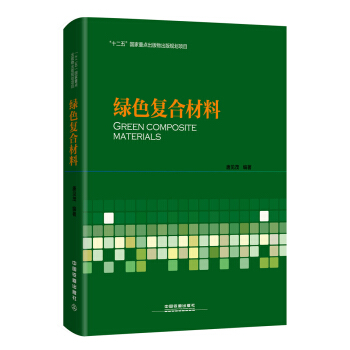


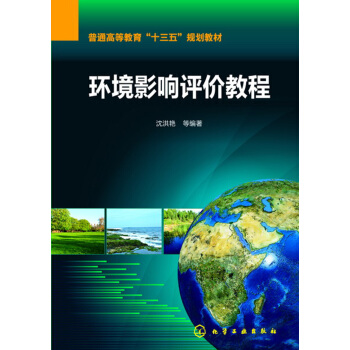
![数学建模与MATLAB应用 [Mathematical Model and MATLAB] pdf epub mobi 电子书 下载](https://pic.windowsfront.com/12071000/58367fa2Nc0fd1a9b.jpg)
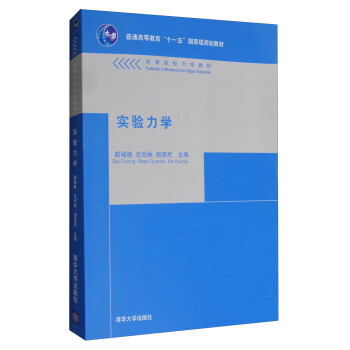
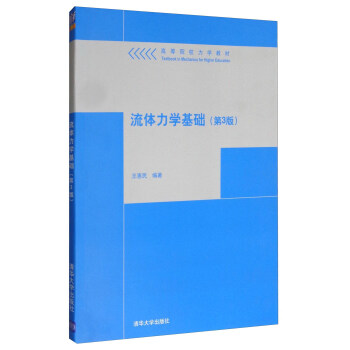
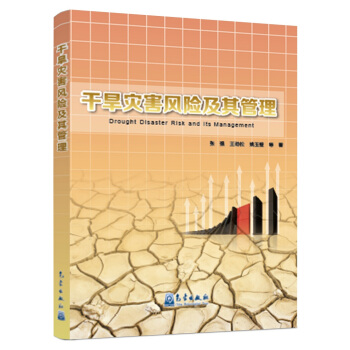

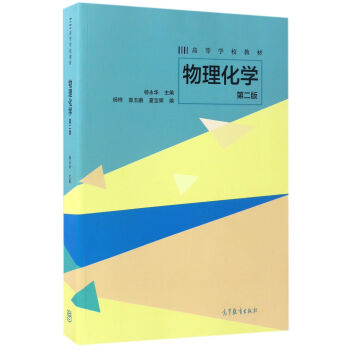
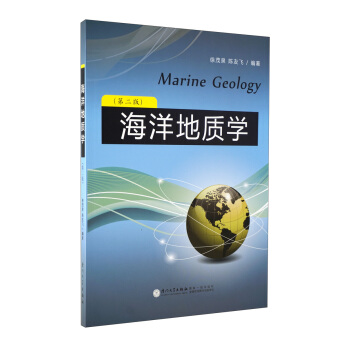

![蛋白质纳米技术:方案、仪器和应用 [Protein Nanotechnology Protocols,Instrumentation,and Applications] pdf epub mobi 电子书 下载](https://pic.windowsfront.com/12079644/584510f2Na938d9d7.jpg)
